Show and Tell online interviewed me about art and my advocacy for chronic pain and injured workers… thanks guys!
Let us introduce you to Soula Mantavanos…an inspiring artist with a passion for helping others deal with chronic pain. Today we are trying to help her spread the word as far as we can reach to help all those in need…but also, she is an incredible artist with an incredible home…so we thought you might not only like to hear from her but see where she spends most of her time. These pics were photographed by the wonderful Sean Fennessy and produced by Lucy Feagins of The Design Files.
Soula has been forced do deal with crippling pain since her fitball burst and caused her to fall on a concrete floor. She is now dealing with chronic pelvic pain which is more specifically known as Pudendal Neuralgia (PN). Soula is now advocating and working tirelessly to help others through her website.
We sat down with Soula to hear all about it, check out the links she has provided and share where you can! Ohhhh and enjoy her gorgeous home!!
Tell us about your history and how you ended up in the position of being an amazing woman advocating for chronic pain?
“I was working in our graphic design studio, Origin of Image (ooi.com.au) in March 2007. I was always health conscious so aside from my yoga ritual 4 mornings a week and walking everywhere, I would often sit on a fitball. It was great until the antiburst fitball burst and I fell to the concrete floor. It really was the split second that changed my life. I was 37.
I think what tipped me into advocacy was the 4.5 years it took to find a diagnosis and the near miss I had with living out the rest of my life in horrific pain levels if I’d not investigated further. My chronic pelvic pain is more specifically known as Pudendal Neuralgia (PN) or Pudendal Nerve Entrapment (PNE). This is more simply put as Carpal Tunnel in the pelvis. Where Carpal Tunnel affects the hand signals and hand movements, Pudendal Neuralgia affects our biggest pelvic nerve which controls toilet and sexual signals and functions. The pudendal nerve runs under pelvic ligaments and muscles and is attached to nerve roots in the lumbosacral spine so it can be disabling. It feels like that core part of my body has a toothache or as if I have my finger stuck in a powerpoint. BUT, I’m happy to say I’m in a much better place now and that’s why I want to share my story.
I believe if I was diagnosed within 6 months of my injury, I would not have this issue now and that makes me want to reach everyone with undiagnosed pain that may be suffering from PN.
I’ve also been drawn to advocacy for injured workers since I’ve now had first hand experience with the WorkCover system and its limitations for understanding, assessing and treating chronic pain. In fact my chronic pain issue was not assessable for compensation. Its score was rated at 0% impairment.
I’ve also submitted many complaints and questions to WorkSafe and associated organisations, I’m making a heap of noise on social media and gathering a great group of people in the hope of making a change. A network exists now, encouraging other injured workers to speak up, forming communities for support where there were none previously. Injured workers can now vent, speak up, be heard. Social media has provided a voice and is our legs (even when we physically can’t move).
So in the process of advocating for PN/PNE the biggest tasks are to change the judgment and misunderstanding of ‘pain’, and misconceptions of the term ‘injured worker’.”
You’re an amazing artist Soula, your latest piece has landed you as a semi-finalist for The Doug Moran National Potrait Prize – how incredible? What an honor and perhaps therapeutic for you?
“Winding up a semi finalist for the Moran Portrait Prize is indeed a huge honour. To be amongst a group of artists I admire so much, and to be in a National prize with incredible judges… HALT… But it’s also a bit confusing. I find myself wanting to squeal with excitement, but I realise this all came from an awful change in life… how can something so bad bring something so good?
I’m so grateful for my gift of creativity. I believe it is the best ammunition for life’s toughest moments. To be able to communicate and express my pain this way is definitely therapeutic. The idea for a self portrait marionette came about on an airplane returning from a trip to Italy. I had watched Marilyn the movie, and was thinking, ‘you couldn’t see her pain either, no one understood her’. I thought of the human exterior, the story of Pinnochio, I’d seen endless Venetian masks and the puppets made by artisans in Orvieto and I’ve always been drawn to documenting eccentric characters. I was writing in my journal and it all came to me in that moment, it was perfect. I’d have a self portrait marionette made!
So I didn’t risk attempting to make the marionette myself, I was too scared the pain monster would come out from within and she’d look horrific. I also wanted her to be fully functional, the movement had to be right, she had to be reliant on her strings, after all she had no control. Colleen Burke did a brilliant job and now I have a character to document that looks happy, looks well, is dressed well… that is what pain is like, invisible. I’m happy to be achieving what I set ‘Ms Soula’ out to do, communicate the invisibility of pain, teach people that many illnesses are not visible and they leave you feeling as though you’ve lost control in your life, like someone else is pulling the strings.
The Moran semi finalist piece, Self Portrait (Art & Chronic Pain), is being seen and reaching others in pain. I’ve had much contact about it, I’ve had many pain sufferers tell me the piece has encouraged them to create as well and one particular lady (in the US) has been inspired to dig out her childhood marionettes that she’d completely forgotten about. She is battling with Cancer pain. I didn’t need to win the prize…”
Tell us how we can help?
“I’d love for you to help me educate everyone about PN, I want to reach more men and women (yes, it certainly affects men as well). I want to reach practitioners that are telling patients their symptoms are ‘common for back pain’ and who don’t know much about the pudendal nerve. Oh and can you guys get the Australian Government to change their WorkCover legislation???!!!
I’ve met the most astounding people during this pain journey and one group is Handmade Films. We’ve set up an Indiegogo campaign and seeking support for a documentary film on PN. I’d love to see the documentary shared around the world… free.
If anyone is reading and thinking ‘that sounds like my pain’ please visit my personal website: www.pudendalnerve.com.au.”
What are your goals with your fantastic website?
“First, I really need to get this credit in for my diagnosing physiotherapist, Anne-Florence Plante, as my site never would have been as credible without her research. She handed me her bundle of notes, I contacted all the professionals referenced that I could, worldwide, asking for their permission to share their research and they all said, ‘yes’. These Practitioners and specialists have been like family, continuing to share their information, keeping me up to date with their research, taking the time to write personal messages of thanks and encouragement, it seems to be the same goal around the world, education for PN. So the initial goal was for pudendalnerve.com.au to be a global resource.
The ultimate goal, honestly, is for it to fizzle out actually, for it not to be needed. I’d like the search terms to go from ‘what is PN?’ to ‘PN success stories’. I want my story of pain to reach an end, for readers to get better and have better things to do than read about pain! I’ve had 50,000 visits with half of those being unique visitors since I published the website in Feb last year. That’s actually very sad, it shows how lost people are with PN, that there is limited knowledge and treatment and a huge lack of understanding.
Perhaps now the site could morph into a gallery website for any artist documenting pain… somewhere they can make up for their lost income!”
Tell us some great tips to adjusting and dealing with this chronic pain issues in your day to day life?
“I won’t lighten this up, there’s no easy way to deal with chronic pain, it’s debilitating and life changing. But you can’t give up, you just need to set yourself up.
- Well first and foremost diagnosis and trigger points are key, you need to know the source of the problem and this can take a long time. Then everyone’s going to need a partner like mine. Theo is THE biggest treatment of all. To have an understanding partner is a huge support. Chronic pain needs daily help so for those who know someone with pain who is living on their own PLEASE HELP.
- Setting up your home and life is so important, you need to create a sanctuary a new way of life. I’d start with asking some friends or family to come around and re-setup your home to suit YOU. We just revamped ours, seriously we went as far as not having a door on my studio space because it’s a waste of capacity to be opening and shutting a door. And the studio, as messy as it is, is right amongst the living space and our kitchen so I don’t need to move too much to get to the couch, outside, to the coffee, to the food, to varying sit/stand positions. And my aids are everywhere!
- You need flow, ease of movement, everything within reach, everything light in weight, if it’s not light have a trolley or a chair on wheels to move things around. Ask yourself if you can leave tasks for later, even if it’s something on the floor you can’t pick up or moving a heavy book. Ditch the heavy crockery, go plastic, no handbag, get handy with online shopping and a smart phone. Instagram instead of giving in to comfort eating, stay away from unmotivational daytime telly, get the pencil and journal out, draw and write, I used to have games on my phone, it’s easiest to carry around and keeps stimulated and motivated (unless you get one of those old time movies!). But, in the thick of it, I slept and slept, only set myself 3 tasks max a day. In that pre-diagnosed state it’s all about taking care and believing this will not last, it’s a moment in time for discovering what the problem is.
- Prioritise who and what is most important to you and let this be your daily guide for activity.
- Plan every day 2 weeks in advance to make sure there is down time and no back to back events
- In your vocabulary, replace ‘I have to’ with ‘I don’t have to’
- Remember everything you do and everything you DON’T do counts (as in activity)
- Make a weight lifting limit so you have a defined goal. Eg, Mine is 1-2 kilos. I drag the full litre of milk along the bench on a towel, drag all sorts of heavier things rather than lift them. I use my elbows to move a bowl across the table for example I use my elbows when dining, lean lean lean on the table (did you know the elbow is the strongest bone in the body?). I lean on the traffic lights, lean on a building, lean anywhere, it saves your capacity and gives your back a break. When travelling I took a walking stick (and Theo’s arm) and just slowed down. Quicker movements impact the back immensely. Quicker walking strides bring instant pain for me.
- Learn some Alexander Technique (everyone should do this pain or no pain)
- Am I allowed to recommend a decent bubbly?
- No heels, I avoid transport as much as possible.
- If you feel anyone doesn’t understand you and that you have to cancel all the time, say ‘bye bye’! The angst of this caused me so much pain until I learned to put myself first.
- If any practitioner looks at you strangely when you describe your pain, look for another one.
- Don’t get caught in the cycle: Good day brings a bad day, a bad day brings on a good day, try and level it out.
- Don’t ignore the pain. Try anything to prevent pain from starting, the longer you can prevent the pain from flare state, the more you make progress.
- It’s important to believe that if you have PN you can get better. When you’re in pain you never think it’s going to end and progress takes months to see but now when I look back I realise I have been progressing.
- I know what many readers might think ‘her pain isn’t as bad as mine’, I used to think the same when I heard other stories. I was the worst patient all practitioners had seen. I went through endless months where I couldn’t lift a glass, could not stand barefoot, noise and the vibration of my own voice hurt and I felt I had a surge up my spine all the time. I was existing, I wasn’t living, I thought there was no solution for me, in fact when I was introduce to my Neurosurgeon I couldn’t stand or sit I was at my wits end and asked him if he could chop my coccyx off I was so desperate. That’s when I had my stimulation device implanted and life started to change.
- My journey with PN has stemmed from an untreated injury. Where I thought I’d be fine and kept working, I really should have been told to stop putting pressure on this nerve. Of course that’s difficult because everything hurts, even a storm approaching as barometric pressure is a trigger, but it wasn’t until I listened and began treating the issue that I began to gain some quality of life.
- And one more thing, medication. Western medicine loves to pile it on but you need to remain ‘yourself’ and medication strips that. This is my opinion, but once I decided to accept I had a serious issue and changed my lifestyle, I ended up on very small amounts of medication and that’s when the creativity was able to kick in and in itself that is therapy. It’s important to learn to live with the capacity you have… and strangely enough since doing this I’ve started to get better.”
A little bit more…
“I’ve managed to put a book together, not many words, a sort of creative story on my pain journey, a companion to others in pain. It’s available for order.
We would also love for anyone and everyone to share our story and info on social media to help us get the message out to as many people as possible.”
– See more…


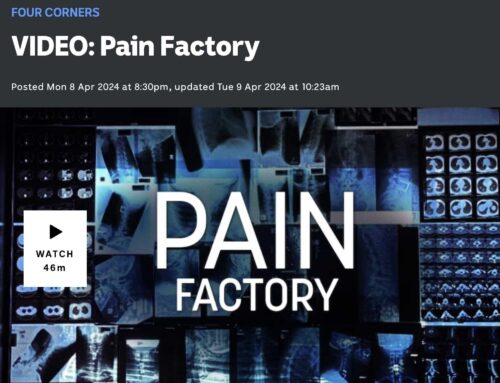
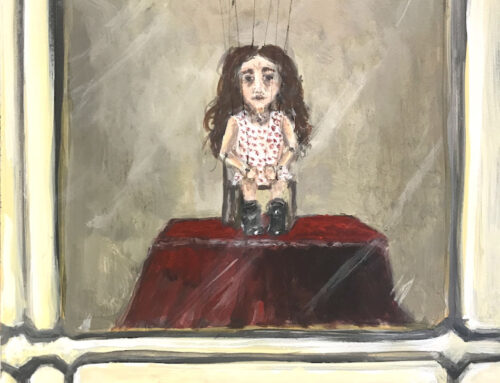
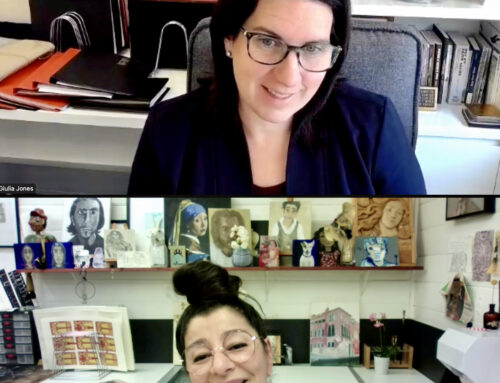
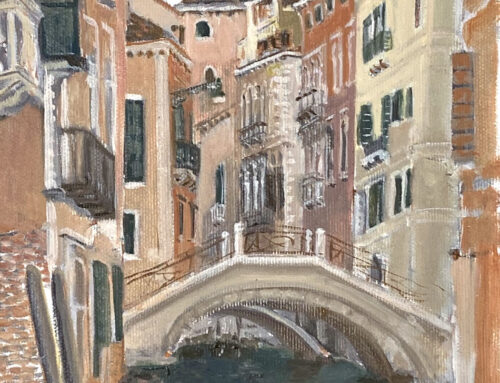
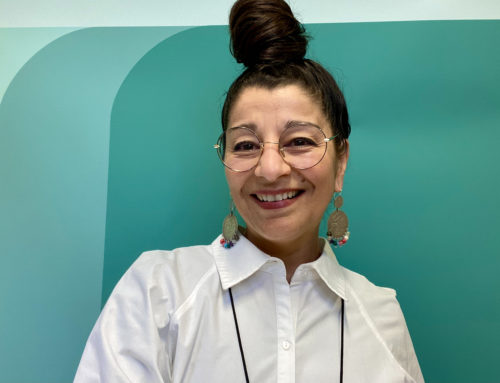
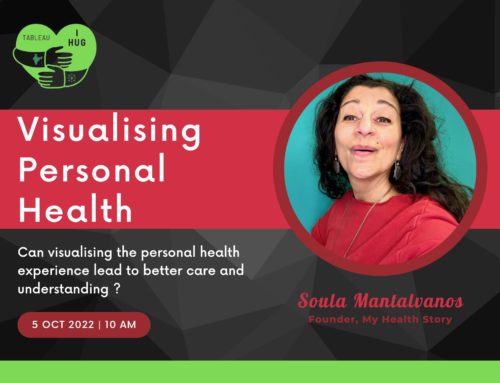
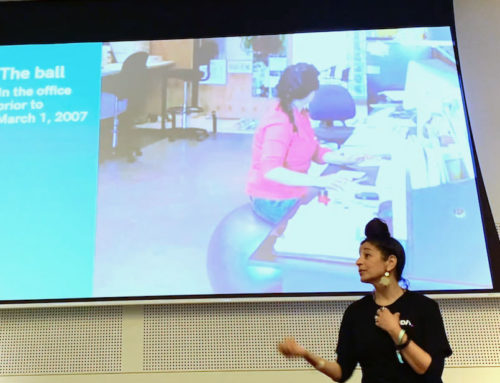
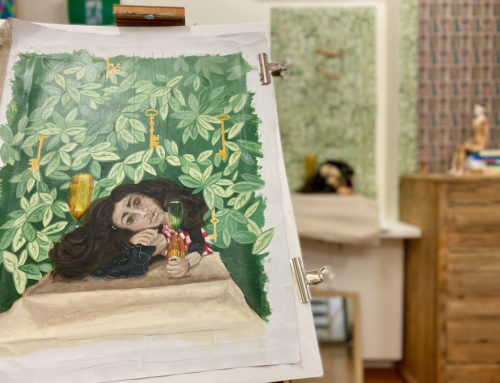
Go for it (just keep it respectful please!)